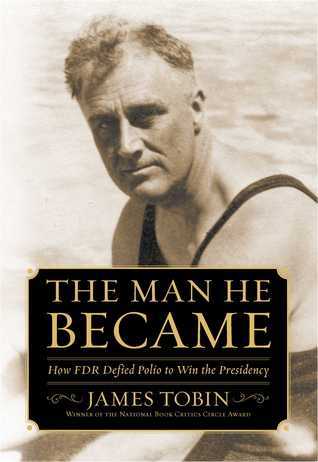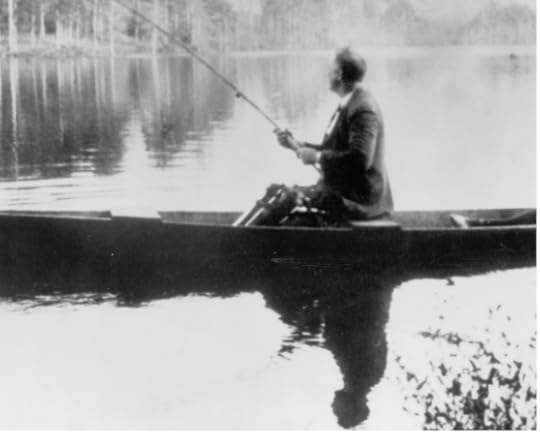What do you think?
Rate this book


384 pages, Hardcover
First published November 12, 2013


I find Franklin D. Roosevelt's life fascinating and this book was a very interesting and well-written account of his life just before he was stricken with infantile paralysis, his period of illness and his struggle to walk again and reclaim his life and career again. I found the best part of the book was 2/3 of the book that focused on Roosevelt and how infantile paralysis struck him and how his life was forever changed because of it. The ending of the book was not bad; it was just a bit too much about politics for me. Besides learning more about Roosevelt was it interesting to learn more about infantile paralysis what a devastating illness it was.
